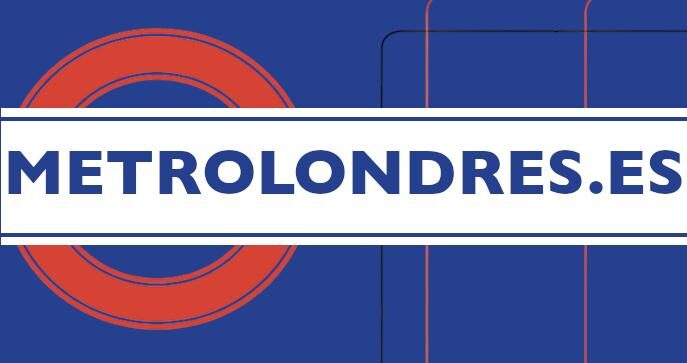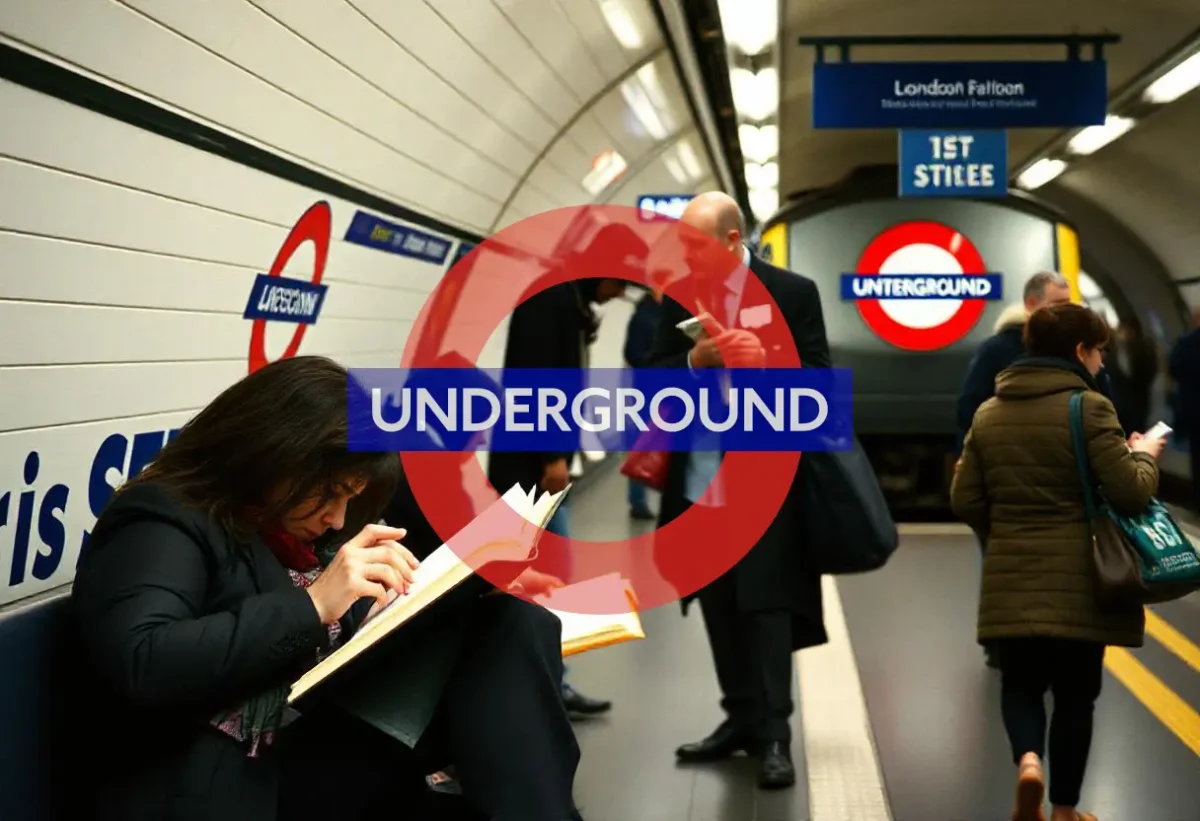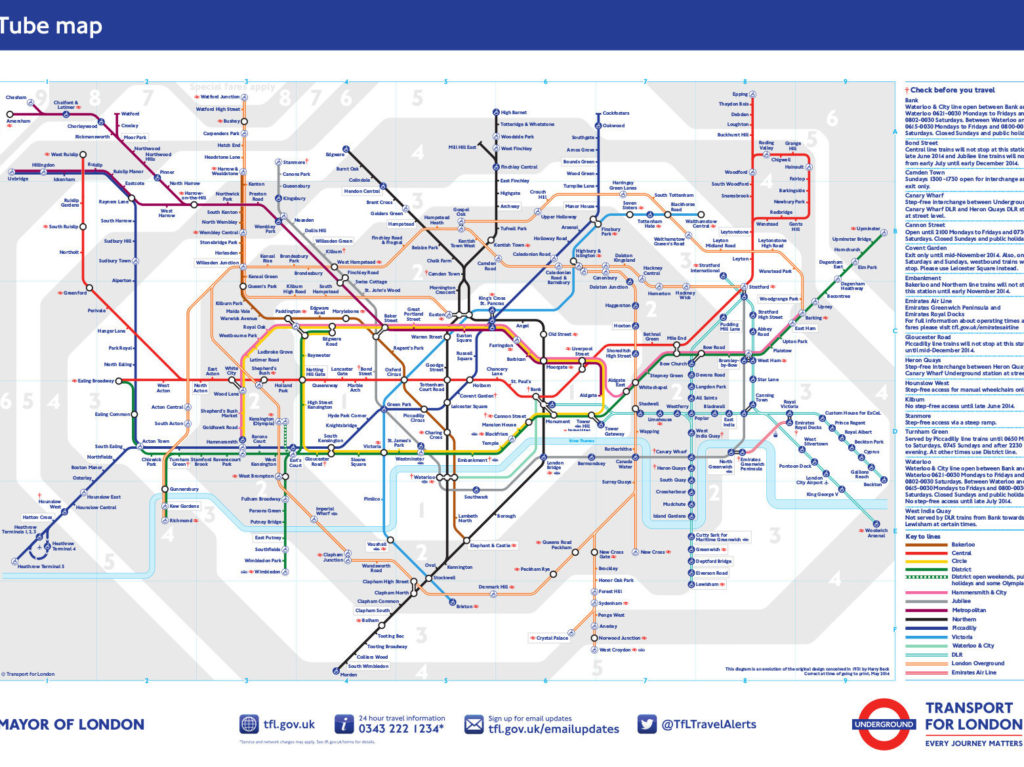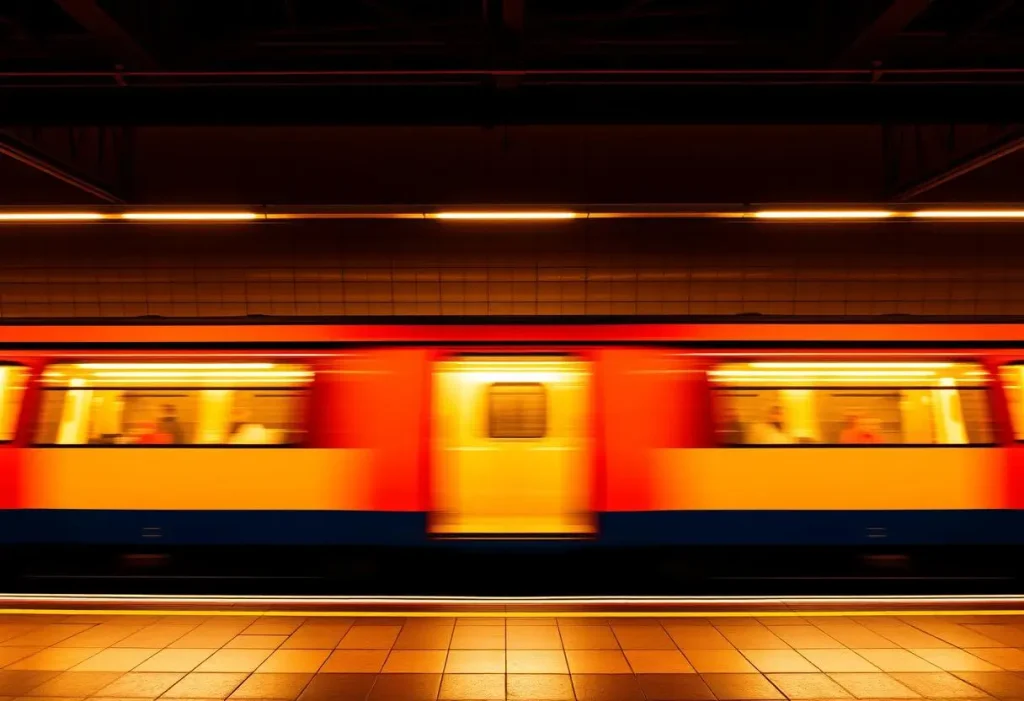The London Underground, also known as “The Tube,” is an engineering marvel that moves millions of people every day.
However, if you’ve ever found yourself stuck in a carriage during rush hour, you know it can become a rather stressful experience.
The good news?
There are ways to avoid those crowds and make your journey through London much more pleasant.
Here is a complete guide with tips, advice, and strategies to help you navigate the London Underground with ease, even during the busiest times.
- 1. Travel Outside of Peak Hours
- 2. Use Journey Planning Apps
- 3. Take Advantage of Walking or Biking
- 4. Know the Less Crowded Stations
- 5. Learn to Use the Less Crowded Doors
- 6. Consider Alternative Transportation
- 7. Work from Home or Negotiate Flexible Hours
- 8. Explore New Routes
- 9. Stay Informed with Service Updates
- 10. Use a Flexible Travel Pass
- 11. Don’t Underestimate the Power of a Good Book or Podcast
1. Travel Outside of Peak Hours
This advice is the most basic and obvious, but also the most effective.
The number one rule to avoid all the problems that come with traveling at the same time as everyone else is…DON’T DO IT.
If it’s an option for you, plan your trips outside of peak hours.
Peak hours are typically from 7:30 to 9:30 a.m. and from 5:00 to 7:00 p.m., when most people are commuting to work or returning home.
If you have the flexibility to adjust your schedule, try to travel before or after these periods.
Not only will you avoid the crowds, but you’ll also enjoy a faster and more relaxed journey. Additionally, outside of peak hours, fares are usually cheaper, which is also a plus.
2. Use Journey Planning Apps
In the digital age, there’s no excuse for not planning your journey well. Apps like Citymapper, Google Maps, and the Transport for London (TfL) app itself are essential tools for any traveler. You can download the latter here for Android or for iOS.
These apps not only show you the quickest route, but they also provide real-time information on service disruptions, delays, and alternative transportation options.
Some even tell you which train carriages tend to be less crowded, which can make a big difference during peak hours.
This is minute-by-minute updated information. Using them should be a must.
3. Take Advantage of Walking or Biking
London is a fantastic city for walking, and in many cases, walking short distances can be faster than taking the Tube, especially during peak hours.
If your destination is less than a 20-minute walk away, consider skipping the Tube and enjoying a pleasant stroll through London’s streets.
Additionally, London has an excellent public bike rental system known as Santander Cycles. Cycling through the city is not only a quick and efficient way to get around, but it also allows you to avoid the Tube crowds and get some exercise.
4. Know the Less Crowded Stations
Some London Underground stations are real crowd magnets, especially those near tourist attractions or major connection points.
Stations like King’s Cross, Victoria, and Oxford Circus can be a nightmare during peak hours. If you can, try to avoid these stations at those times and opt for alternative, less crowded stations.
King’s Cross station is on the Northern Line, Piccadilly Line, Victoria Line, Hammersmith & City Line, Metropolitan Line, and Circle Line. It is one of the most important and busiest stations on the London Underground, connecting multiple lines and providing access to both local trains and long-distance services at King’s Cross St Pancras. Imagine it during rush hour.
For example, instead of getting off at Covent Garden, which is usually crowded, you can get off at Leicester Square and walk a few minutes to your destination. This small adjustment can make your journey much more pleasant.
5. Learn to Use the Less Crowded Doors
If you already have some experience with the London Underground, you’ll know that not all train carriages fill up the same way.
Some carriages, especially those closer to the exits or escalators, tend to fill up faster. If you can, try to position yourself on the platform so you can board one of the less crowded carriages.
At stations like Bank or King’s Cross, the front and rear carriages are often less crowded than those in the middle. With a bit of planning, this trick can save you a lot of time and stress.
6. Consider Alternative Transportation
The London Underground is just one part of the city’s extensive transport system. If you find the Tube too crowded, you might consider other options like buses, the DLR (Docklands Light Railway), the London Overground, or even the Thames riverboats.
These modes of transport are often less crowded during peak hours and offer a different travel experience. For example, the Thames riverboats not only take you to your destination but also offer spectacular views of the city from the water.
7. Work from Home or Negotiate Flexible Hours
This isn’t actionable advice per se. But with the growing popularity of remote work, it’s something to consider. Many people have the option to work from home at least a few days a week. If you have this possibility, use it to your advantage to avoid peak hours altogether.
If you can’t work from home, you might be able to negotiate with your employer for more flexible hours that allow you to avoid the busiest times of the day. Even if you can only adjust your schedule by an hour, it can make a significant difference in the quality of your commute.
8. Explore New Routes
Sometimes, the most direct route is not the most convenient or fastest, especially during peak hours. If you find that the line you usually take is too crowded, consider exploring alternative routes that might be less busy. For example, if the Victoria Line is packed, you could take the Northern Line and transfer later. While the journey might be slightly longer, it can often be more comfortable and less stressful.
9. Stay Informed with Service Updates
The London Underground is known for occasional disruptions due to maintenance, breakdowns, or other unforeseen issues.
Before leaving home, check the service status on the TfL website or the mobile apps mentioned earlier.
Being aware of service updates will allow you to anticipate potential delays or diversions and plan an alternative route if necessary. This simple step can save you a lot of headaches.
10. Use a Flexible Travel Pass
If you travel frequently but not every day, a flexible pass might be your best option. The Oyster card is an excellent choice for saving money on your trips, especially if you travel outside of peak hours.
Additionally, TfL offers discounts for people who travel regularly at less conventional times, which could result in significant savings.
The flexibility of these passes allows you to move around London without worrying about the cost of each journey, which, linking to an earlier point, allows you to travel alternative routes to avoid the rush hour crowds.
11. Don’t Underestimate the Power of a Good Book or Podcast
Finally, if you find yourself stuck on the Tube during peak hours, a good book or an interesting podcast can make the time pass more quickly and pleasantly.
Having something to distract you can help you stay calm and make the journey less stressful. Load your device with your favorite content and make it an enjoyable part of your daily routine.
You might even make history and discover a new hidden animal on the Tube map, thus expanding the variety of its magical zoo.
The next time you find yourself on the Tube, remember these tips and travel like a true London expert!



